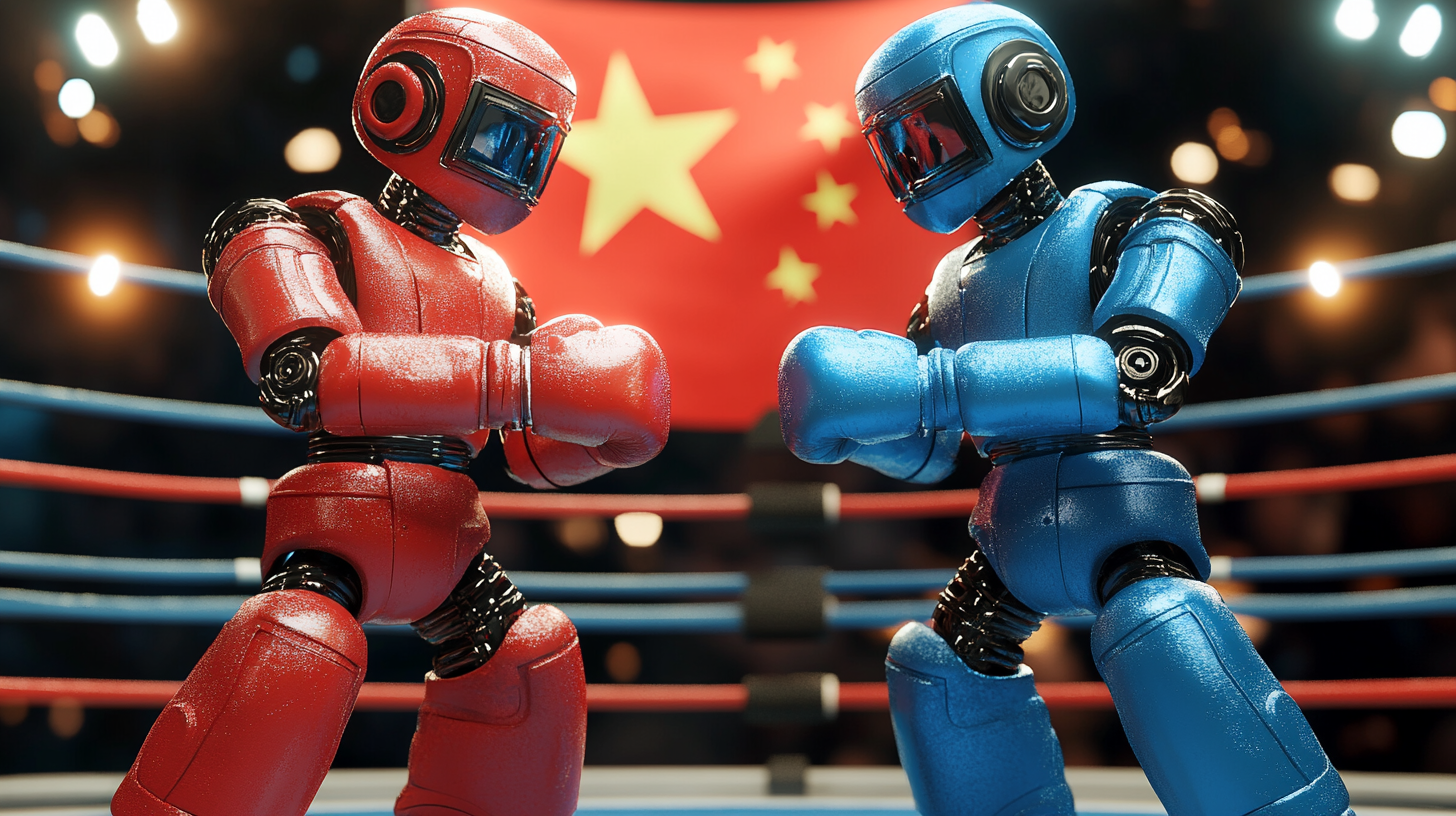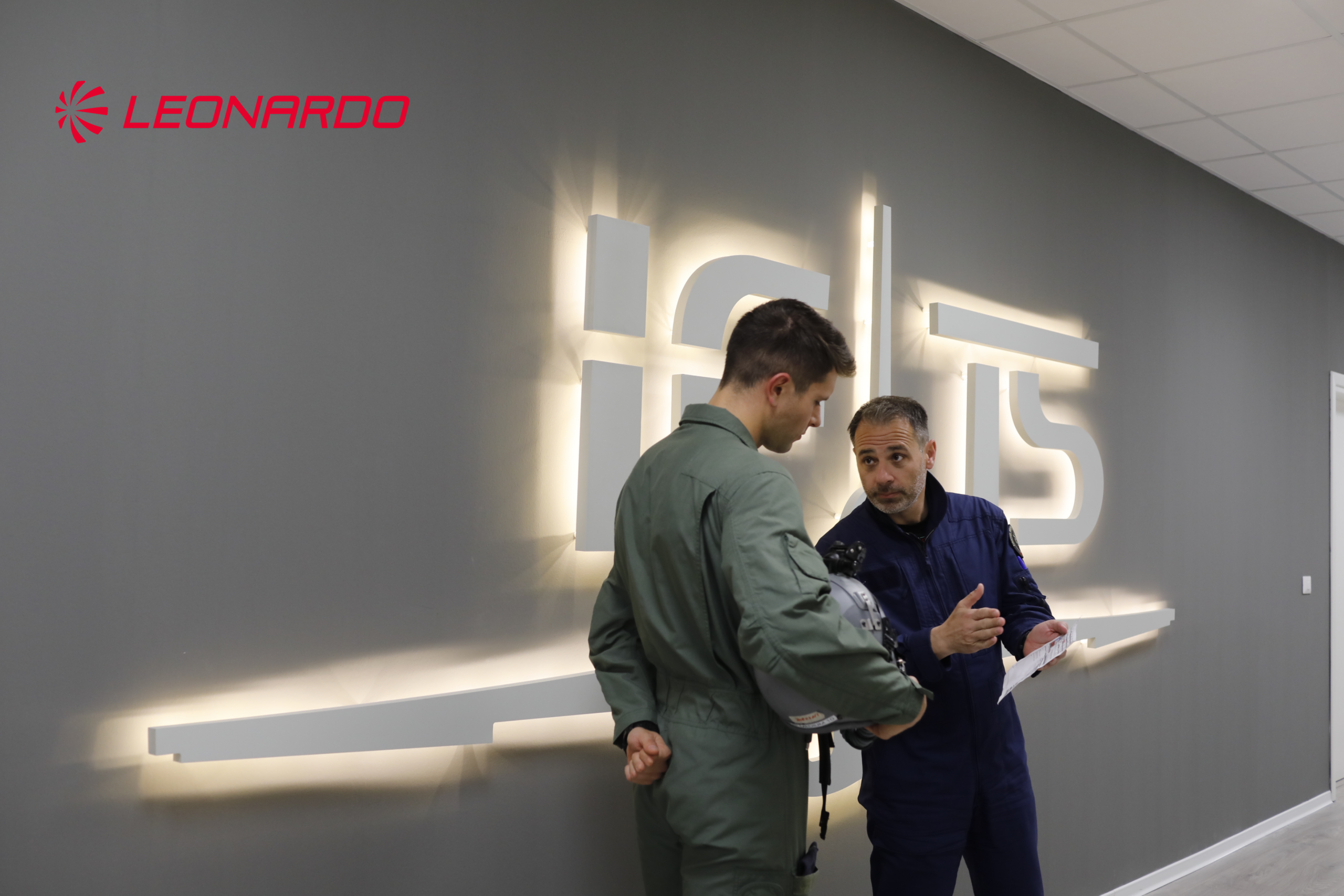On May 25, 2025, the city of Hangzhou in Zhejiang Province, China, wrote a new chapter in the history of sports and technology. The lights went up on an unprecedented event: the first world humanoid robot kickboxing tournament. Part of the prestigious World Robot Competition organized by China Media Group, this groundbreaking competition captured global attention, showcasing the incredible skills of four Unitree G1 robots, accompanied by their meticulous human trainers.
Algorithmic Precision Meets Mechanical Power
The undisputed stars of this historic event were the G1 robots by Unitree Robotics, humanoids measuring just 132 centimeters tall and weighing 35 kilograms. These steel athletes did not limit themselves to a simple exchange of blows, but demonstrated surprising versatility, performing a repertoire of moves including jabs, dynamic hooks, side kicks and spin kicks.
The competition was divided into two distinct phases, which allowed the robots’ capabilities to be fully evaluated. The first session allowed the robots to exhibit predefined technical movements with the aim of testing their programming and precision. Subsequently, the competition got to the heart of the matter with a real combat round where the robots had to react in real time to their opponent’s moves. The scoring system was structured so that each successful punch was worth one point, while kicks were worth three. Losing balance resulted in a penalty, and a fall not recovered within eight seconds led to the immediate interruption of the round, inflicting a penalty of ten points.
A crucial testbed for the Artificial Intelligence
The tournament was not only a thrilling spectacle, but a true testbed for the frontier of humanoid robotics and Artificial Intelligence. Li Gaofeng, a respected researcher at Zhejiang University, emphasized how this fight is the result of great development in a short time, considering that only a few months ago, movements of such fluidity and complexity would have been considered unachievable for a humanoid robot.
Reinforcing this perspective, Tian Feng, former director of the Intelligence Industry Research Institute at SenseTime, reiterated that combat sports put every single aspect of robotics to the test: from battery life to the structural resistance of the materials used pushed to the limit.
New Horizons for Humanoid Robots
The resounding success and media coverage of the Hangzhou tournament has already triggered a wave of enthusiasm and interest in the sector. Other companies have been encouraged to organize similar events, anticipating a new era of robotic competitions. The next event is already set for December, in Shenzhen, where a new and highly anticipated competition will be held featuring life-size Humanoid Robots.
The era of robot athletes has just begun: we are living in an epochal transformation, and the Hangzhou ring is just the beginning.






